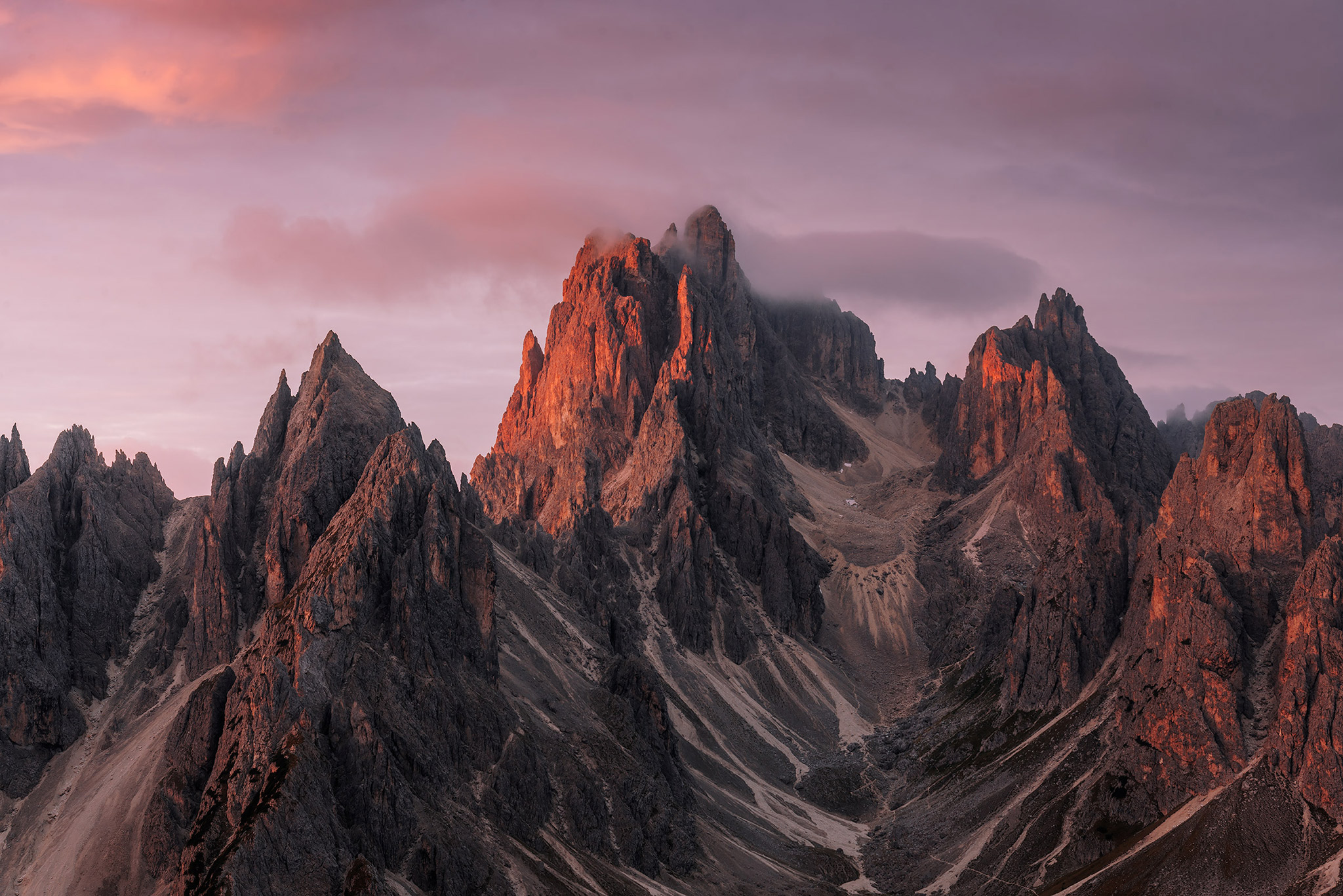What Is White Balance Photography
What Is White Balance Photography -White balance is one of the essential aspects of photography that determines the temperature of your images. When set correctly, it can add warmth, remove coolness, and further enhance the colors of your shots. In short, it helps you capture the scene just as you remember it, free from any unwanted color cast.
Understanding White Balance in Photography
What is White Balance?
White balance is the process of adjusting your camera's settings to compensate for the color temperature of the light present in your scene. It allows you to achieve the most accurate color representation for your subject matter. For example, a shot taken indoors under artificial fluorescent lighting may appear too cool with a blue tint. By adjusting the white balance to remove the blue cast and add warmer tones, you can create a more realistic image.

How to Adjust the White Balance?
Many cameras come with preset white balance settings ranging from daylight, cloudy, fluorescent, and tungsten. These presets work well in most conditions, but you can also manually adjust the white balance for ultimate control. To do this, turn off the auto white balance and adjust the color temperature slider as necessary. Alternatively, you can use a grey card, which is a neutral color that reflects light evenly, to set the perfect white balance for your scene.
Everything You Need To Know About White Balance
What Affects White Balance?
White balance is affected by the light source's color temperature and the reflection of that light on your subject. Light sources range from warm (yellow and orange tones) to cool (blue tones). When the camera's white balance setting doesn't match the scene, there is an unwanted color cast. For instance, indoor lighting tends to create yellow or orange casts, while blueish hues are more prevalent in the shade, overcast, or in the snow.

White Balance Presets
When shooting in different lighting environments, you can utilize the preset white balance settings available on most cameras. These settings mimic different light sources, allowing you to optimize color reproduction, making your shots look more natural. In a daylight setting, your camera will adjust to neutralize any color cast caused by the sun's color temperature. Similarly, the tungsten preset will remove the yellowish color cast caused by tungsten bulbs, while the fluorescent preset will remove the greenish color typically associated with the fluorescent lamp.
The Ultimate Guide to Understanding White Balance!
Custom White Balance
While preset white balance options may work well in several situations, finding the right setting can be a challenge, particularly in mixed lighting conditions. When dealing with difficult lighting, it's always best to get your camera's white balance to match the environment you're shooting in. One way to do this is to create a custom white balance setting. To do this, you'll need a grey card, which provides an even neutral tone to reflect the light. Once you take a shot of the grey card, select custom white balance in the camera menu and select it, and the camera will adjust the color temperature for your next photos.

Shooting RAW
Shooting in RAW mode allows you to maintain maximum control over white balance adjustments in post-processing. In contrast, the JPEG format compresses and dedicates a fixed white balance to the image you captured. RAW files offer greater flexibility to tweak the color temperature and tint without any visible loss in quality, making them the preferred format for many professional photographers.
Using Grey Card or Whibal Card
Grey cards are handy tools that create a neutral reference point to adjust the white balance. They come in small sizes, so you can easily carry them around, and some prefer the Whibal Card, which is a small card with a neutral white and neutral black point. You take a photo of the card in the same lighting you want to shoot in and use it as a reference when adjusting your camera's white balance.
Boost Your Photography with Perfect White Balance
Experiment with White Balance
White balance is a critical factor in creating great images, and it's important to experiment with it to achieve the best results. Don't be afraid to explore different white balance settings and be prepared to make adjustments when lighting conditions change. The more you practice, the more you gain confidence and understanding of what works best for different scenes.

Shoot in RAW Format
When it comes to white balance, shooting in RAW mode gives you maximum control over the colors in your photos. RAW files hold much more data than JPEGs and enable you to make significant adjustments without affecting the image's quality. Shooting in RAW format is a practice that professionals use to ensure their images are always perfect.
Get Your White Balance Spot On With Filters
Filters can also be used to correct unwanted color casts in your images. For example, a blue color cast can be removed by using a warming filter, while a yellow cast can be addressed with a cooling filter. This technique is particularly useful in challenging light conditions where manually adjusting the white balance proves difficult.
In conclusion, white balance is fundamental in creating great photographs. Understanding how white balance works and striving to create a precise balance not only enhances but adds depth and soul to your images. Keep experimenting with your camera settings, and your photos will reward you with stunning quality and captivating compositions!Read more articles about What Is White Balance Photography
Post a Comment for "What Is White Balance Photography"